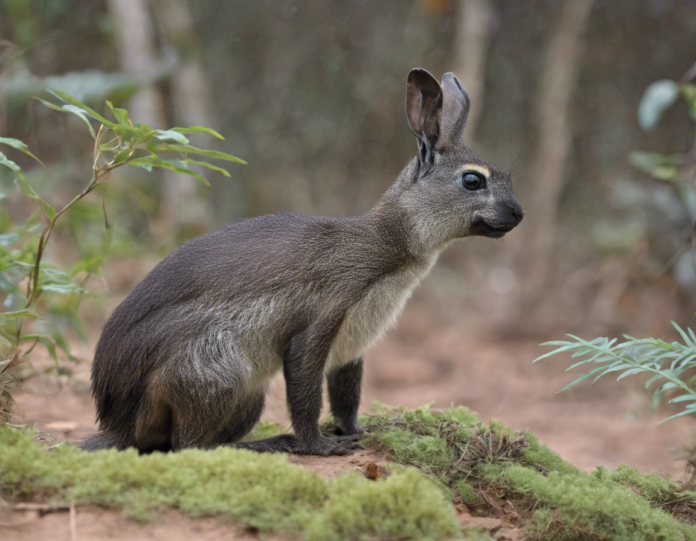Endemic species, also known as indigenous or native species, are plants and animals that are unique to a specific geographic area and are not found anywhere else in the world. These species have evolved in isolation, adapting to the particular environmental conditions of their habitat over millions of years. The presence of endemic species is a testament to the incredible diversity of life on Earth and the importance of preserving and protecting local habitats.
The Significance of Endemic Species
Endemic species play a crucial role in maintaining the biodiversity of their ecosystems. They are often considered to be indicator species, meaning their presence or absence can indicate the overall health of an ecosystem. Endemic species are also keystone species, playing a key role in maintaining the balance of their respective habitats.
In addition to their ecological importance, endemic species are also of great cultural and economic significance. Many endemic species are iconic symbols of specific regions, contributing to the cultural identity of local communities. They also attract tourists and researchers, providing economic benefits through eco-tourism and scientific research.
Factors Contributing to Endemism
Several factors contribute to the evolution of endemic species:
-
Isolation: Geographical isolation, such as islands or mountain ranges, can lead to the evolution of unique species that are found nowhere else.
-
Climate: Localized climate conditions can create microhabitats that support the evolution of specialized species adapted to those specific conditions.
-
Geological History: Geological events, such as continental drift or volcanic activity, can create new habitats and isolate populations, leading to speciation.
-
Adaptation: Endemic species have evolved specific adaptations to cope with the unique challenges of their habitat, such as limited resources or predators.
Examples of Endemic Species
-
Galapagos Giant Tortoise: Found only on the Galapagos Islands, these iconic tortoises have evolved into several distinct species, each adapted to the specific conditions of their island.
-
Komodo Dragon: Native to the Indonesian islands of Komodo, Rinca, Flores, and Gili Motang, the Komodo dragon is the world's largest lizard and a unique example of island gigantism.
-
Hawaiian Honeycreepers: The Hawaiian Islands are home to a diverse group of colorful birds known as honeycreepers, with each species adapted to a specific habitat and food source.
-
Marsupial Mole: Endemic to Australia, the marsupial mole is a unique burrowing mammal with adaptations for living in the arid deserts of the region.
Conservation of Endemic Species
The protection of endemic species is essential for maintaining the health and stability of ecosystems. Conservation efforts focused on preserving habitat, preventing habitat destruction, and controlling invasive species are critical for ensuring the survival of endemic species. Additionally, education and awareness programs aimed at local communities and policymakers can help garner support for conservation initiatives.
Frequently Asked Questions (FAQs)
- Why are endemic species important?
-
Endemic species play a crucial role in maintaining biodiversity and are often indicators of ecosystem health.
-
What are some threats to endemic species?
-
Habitat loss, climate change, invasive species, and poaching are major threats to endemic species.
-
Can endemic species be reintroduced to other habitats?
-
In some cases, endemic species can be reintroduced to former habitats if the necessary conditions are met.
-
How can individuals help protect endemic species?
-
Individuals can contribute to conservation efforts by supporting habitat protection, practicing sustainable practices, and spreading awareness.
-
Are endemic species more vulnerable to extinction?
- Endemic species are often more vulnerable to extinction due to their limited geographical range and specific habitat requirements.
In conclusion, endemic species are a testament to the unique diversity of local habitats and the remarkable adaptations that have evolved over time. By recognizing the importance of endemic species and taking steps to protect and conserve them, we can ensure a more sustainable future for the rich tapestry of life on Earth.

